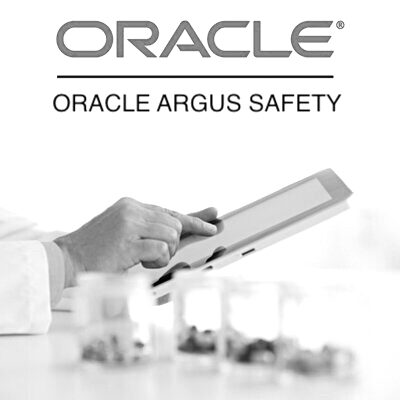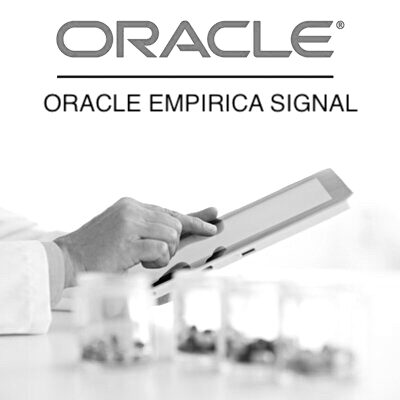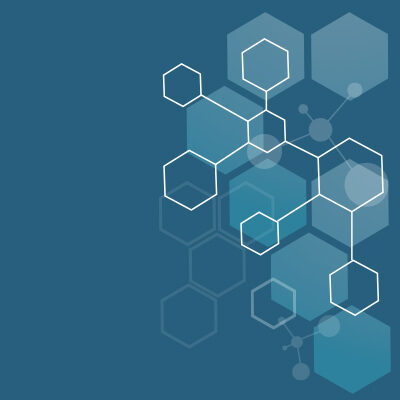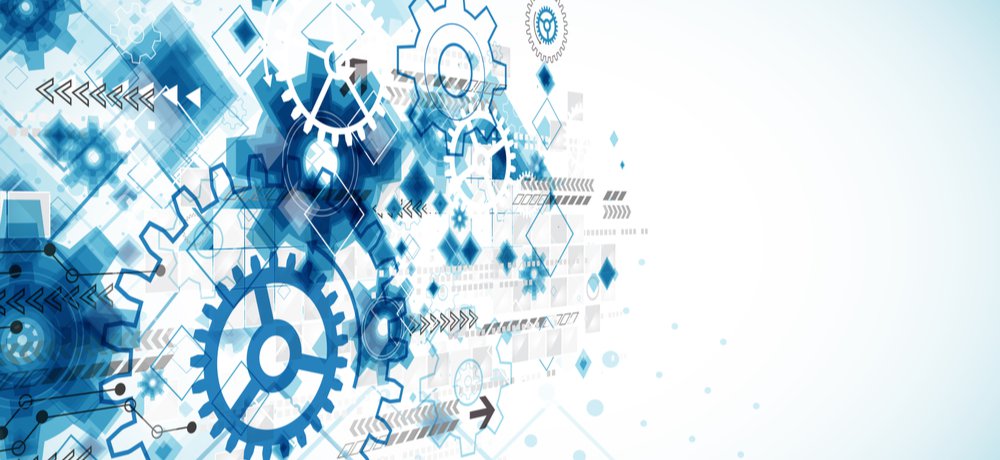Exploring the Future: Emerging Technologies in Pharmacovigilance
Table of Contents
- Introduction
- The Importance of Pharmacovigilance
- The Rise of AI and Machine Learning
- Blockchain and Data Integrity
- Real-World Evidence (RWE)
- Advanced Pharmacogenomics
- Conclusion
- Oracle Argus Safety Essentials
- Oracle Argus Safety Essentials + Console
- Oracle Argus Safety – Live Online
- Oracle Argus Safety + Console – Live Online
- Oracle Empirica Signal
- Oracle Empirica Signal – Live Online
- Diploma in Pharmacovigilance
- Argus Safety – Business Configuration and Administration
Introduction
Pharmacovigilance, often referred to as drug safety surveillance, plays a critical role in ensuring that pharmaceutical products on the market are safe and effective for patients. Traditionally, pharmacovigilance has relied on manual data collection and analysis, making it a time-consuming and resource-intensive process. However, with the advent of emerging technologies, the field is undergoing a transformation that promises to revolutionize how we monitor and manage drug safety. In this blog, we will delve into the exciting world of emerging technologies in pharmacovigilance, exploring how they are reshaping the landscape and enhancing patient safety.
The Importance of Pharmacovigilance
Before we dive into emerging technologies, it’s crucial to understand the significance of pharmacovigilance. In a world where millions of people depend on pharmaceuticals to manage their health conditions, the safety and efficacy of drugs cannot be taken lightly. Pharmacovigilance serves as a systematic process for collecting, monitoring, assessing, and preventing adverse effects or any other drug-related problems. Its primary objectives include:
- Detecting and assessing previously unknown adverse drug reactions (ADRs).
- Evaluating the benefits and risks of drugs throughout their lifecycle.
- Identifying potential safety signals that may require further investigation.
- Informing healthcare professionals and the public about safety concerns.
Traditionally, pharmacovigilance relied heavily on manual reporting by healthcare professionals and patients, making it susceptible to underreporting and delays in identifying safety issues. However, emerging technologies are changing the game.
The Rise of AI and Machine Learning
Artificial intelligence (AI) and machine learning (ML) are revolutionizing many industries, and pharmacovigilance is no exception. These technologies have the potential to transform the way adverse drug reactions are detected and assessed. Here’s how:
- Automated Signal Detection: AI algorithms can analyze vast datasets, including electronic health records, social media posts, and medical literature, to identify potential safety signals more rapidly and accurately than traditional methods. This can lead to earlier detection of ADRs and quicker responses.
- Natural Language Processing (NLP): NLP techniques enable computers to understand and extract information from unstructured text data, such as physician notes, patient narratives, and scientific articles. NLP can help pharmacovigilance teams make sense of the wealth of textual information available, improving the quality of signal detection and analysis.
- Predictive Analytics: ML models can predict which patients are more likely to experience adverse effects based on their medical history, genetics, and other factors. This can lead to personalized medicine approaches, where treatments are tailored to individual patients to minimize risks.
- Automation of Case Processing: AI-powered chatbots and virtual assistants can automate the collection of adverse event reports, making it easier for healthcare professionals and patients to report suspected ADRs. This not only streamlines the reporting process but also encourages more comprehensive reporting.
Blockchain and Data Integrity
The use of blockchain technology in pharmacovigilance is gaining traction due to its potential to improve data integrity, security, and transparency. Blockchain offers several advantages:
- Immutable Records: Once data is recorded on a blockchain, it cannot be altered or deleted. This ensures the integrity of pharmacovigilance data, making it tamper-proof and reliable for regulatory purposes.
- Data Transparency: All authorized parties in the pharmacovigilance network can access and verify the data on the blockchain. This transparency can improve trust among stakeholders and regulatory agencies.
- Secure Data Sharing: Blockchain allows secure and permissioned sharing of data between different entities involved in pharmacovigilance, such as pharmaceutical companies, regulatory authorities, and healthcare providers. This can facilitate collaborative efforts in monitoring drug safety.
- Supply Chain Traceability: Beyond adverse event reporting, blockchain can be used to track the entire pharmaceutical supply chain, reducing the risk of counterfeit drugs and ensuring the authenticity of medications.
Real-World Evidence (RWE)
Real-world evidence refers to data collected outside of clinical trials, typically from electronic health records, insurance claims, wearable devices, and other sources. Incorporating RWE into pharmacovigilance can provide a more comprehensive view of drug safety and effectiveness:
- Post-Marketing Surveillance: RWE allows for continuous monitoring of drugs once they are on the market, providing insights into long-term safety and effectiveness.
- Comparative Effectiveness: RWE can be used to compare the real-world performance of different drugs or treatment regimens, helping healthcare providers make more informed treatment decisions.
- Patient-Centered Outcomes: RWE enables the assessment of how drugs impact patients’ daily lives, including their quality of life and adherence to treatment plans.
- Expanded Labeling: By analyzing RWE, pharmaceutical companies can seek label expansions for their drugs, potentially leading to broader indications.
Advanced Pharmacogenomics
Pharmacogenomics is the study of how an individual’s genetic makeup influences their response to drugs. With advances in genomics and personalized medicine, pharmacovigilance is increasingly incorporating pharmacogenomic data to enhance patient safety:
- Personalized Treatment Plans: Genetic information can help identify patients who are more likely to experience adverse reactions to certain drugs. This allows healthcare providers to tailor treatment plans to individual patients, minimizing risks.
- Early Warning Systems: Pharmacogenomic data can be used to develop early warning systems that flag patients at higher risk of adverse reactions. This proactive approach can prevent serious ADRs before they occur.
- Drug Development: Pharmaceutical companies are using pharmacogenomic data in drug development to create more targeted and effective medications, reducing the likelihood of unexpected adverse effects.
Conclusion
Pharmacovigilance is undergoing a profound transformation thanks to emerging technologies. AI and ML are automating signal detection and analysis, while blockchain is enhancing data integrity and transparency. Real-world evidence is providing insights into the long-term safety and effectiveness of drugs, and pharmacogenomics is enabling personalized medicine approaches. These advancements are not only improving patient safety but also accelerating the detection and mitigation of adverse drug reactions. As these technologies continue to evolve, pharmacovigilance will play an increasingly crucial role in ensuring the safety of pharmaceutical products in a rapidly changing healthcare landscape.
You may be interested in…
-
 eLearning + software
eLearning + softwareOracle Argus Safety Essentials
$599.00 -
 eLearning + software
eLearning + softwareOracle Argus Safety Essentials + Console
$799.00 -
 Live Online
Live OnlineOracle Argus Safety – Live Online
$999.00 -
 Live Online
Live OnlineOracle Argus Safety + Console – Live Online
$999.00 -
 eLearning + software
eLearning + softwareOracle Empirica Signal
$599.00 -
 Live Online
Live OnlineOracle Empirica Signal – Live Online
$999.00 -
 eLearning + software
eLearning + softwareDiploma in Pharmacovigilance
$799.00 -
 eLearning + software
eLearning + softwareArgus Safety – Business Configuration and Administration
$599.00

